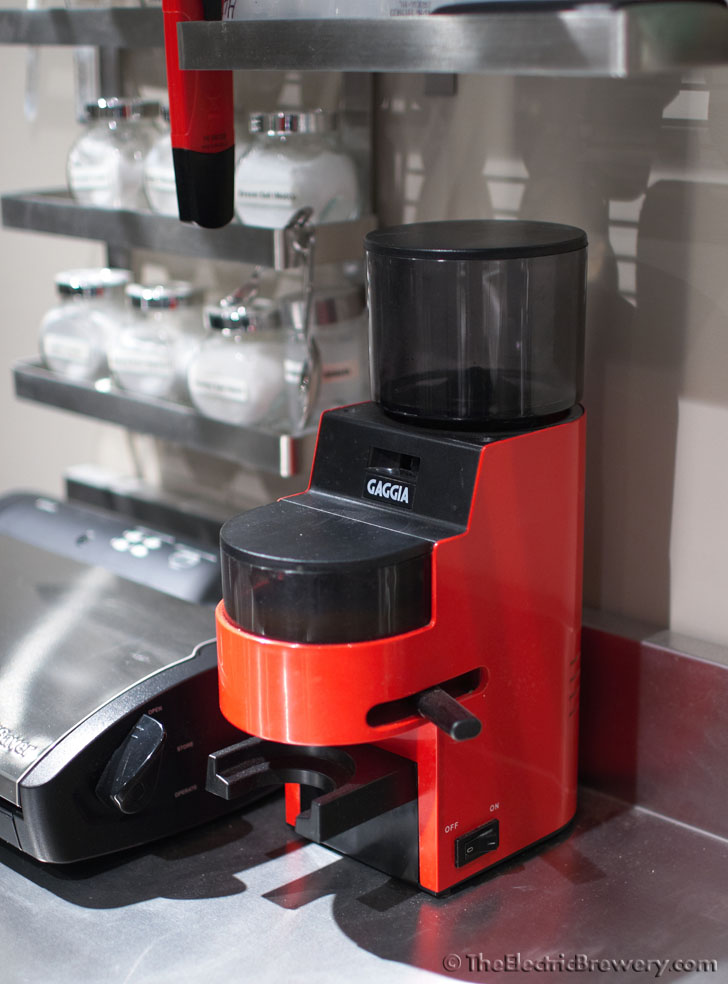I would like to hear everyones mill gap settings and total brewhouse efficiencies. I am brewing on an all electric system using a 1500w RIMS tube. 5500w 20gal HLT, 20gal MT, 5500w 30gal BK and my question is what have you found to be the optimal crush gap for you mill. I just switched from a 2 roller to a MM3 3 roller and I'm trying to decide on a gap. Monster says .040 and I've read for RIMS go to .045-.060. to allow for better flow through the grain bed. What have you guys come up with?
I hope I posted this in the correct place if not please move it.
Thanks
I hope I posted this in the correct place if not please move it.
Thanks





